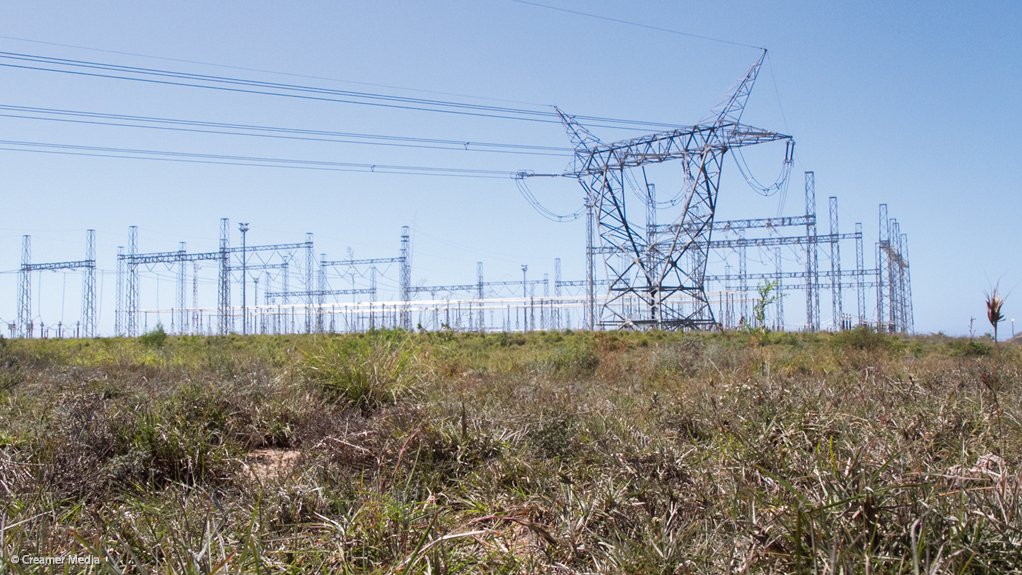The Coega Development Corporation (CDC), which oversees the Coega Industrial Development Zone (IDZ), in the Eastern Cape, expects the investment associated with the zone’s selection as one of two locations for the first phase of government’s Liquefied Natural Gas Independent Power Producer Procurement Programme (LNG IPPPP) to total R25-billion.
Besides the creation of LNG importation, storage and handling infrastructure within the IDZ, which surrounds the Ngqura deep-water harbour, the Department of Energy (DoE) envisages the building of private gas-fired power generation capacity of 1 000 MW.
At Richards Bay, in KwaZulu-Natal, the second selected site for the initial LNG IPPPP deployment, gas-fired generation capacity of 2 000 MW is proposed, while a third site considered – Saldanha Bay, in the Western Cape – will not be included in the first phase of the LNG IPPPP.
The DoE argues that the port-side and transmission infrastructure associated with Coega and Richards Bay is more conducive to the rapid roll-out of the projects, including the evacuation of the electricity produced, which will be sold through long-term power purchase agreements with Eskom.
CDC business development manager for energy projects Sandisiwe Ncemane described the 11 500 ha Coega as an ideal location for both renewable and conventional energy and estimated in a statement the investment value associated with the gas-to-power project could be R25-billion.
A prefeasibility study, undertaken with the guidance of the DoE, reportedly confirmed the “strategic, technical, financial, regulatory, legal and commercial” viability of the IDZ, which already houses the 342 MW Dedisa peaking power plant, which recently entered commercial operation and which is also designed for conversion from diesel to gas.
The plant, which has been developed by a consortium involving Engie, Mitsui, Legend Power Solutions and the Peaker Trust, is also located adjacent to Eskom’s 400 kV Dedisa substation, which reportedly has the capacity for further generation.
The Coega and Richards Bay projects will be pursued as separate projects to be developed by special purpose vehicles that have responsibility for everything from LNG purchase, handling and storage to power generation and the sale of gas to third parties.
Separate requests for qualification (RFQ) could be issued by November, to be followed by specific requests for proposals (RFP) for each project.
The DoE is hoping to identify the prequalified bidders and issue the RFP in April 2017. It will then enter into talks with the preferred bidders and the DoE will issue the final RFP in August 2017.
The gas-to-power programme is being facilitated by Ministerial determinations for 3 726 MW of gas-fired power, of which 3 000 MW has been allocated to the LNG IPPPP and 726 MW to separate programmes, including 600 MW for a public-private gas-fired power plant and 126 MW for a domestic gas programme.
Eastern Cape Economic Development, Environmental Affairs and Tourism MEC Sakhumzi Somyo also stresses Coega’s readiness to support the LNG IPPPP initiative.
“The Coega IDZ . . . is the perfect gateway for the gas industry. This complex has the benefit of having the newest port in South Africa, the Port of Ngqura, and is designed to easily accommodate an LNG project,” Somyo says, adding that the zone has a proven ability to support and manage mega projects.
Edited by: Creamer Media Reporter
EMAIL THIS ARTICLE SAVE THIS ARTICLE
To subscribe email subscriptions@creamermedia.co.za or click here
To advertise email advertising@creamermedia.co.za or click here













